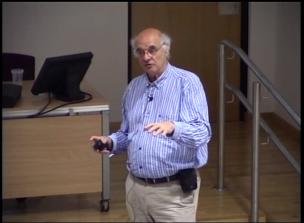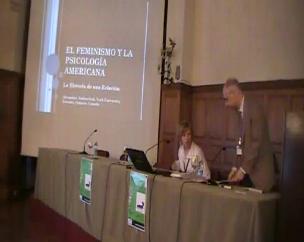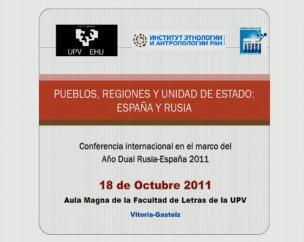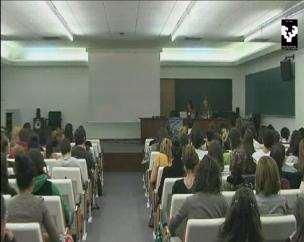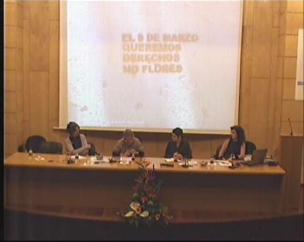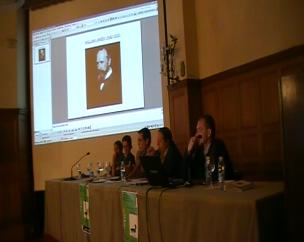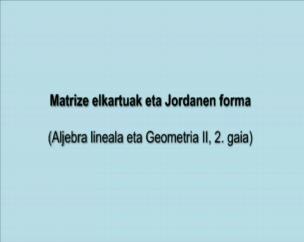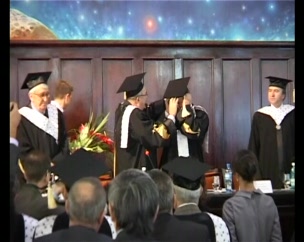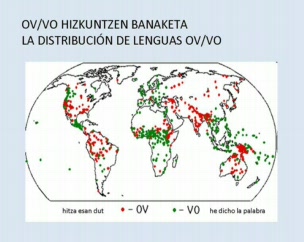PLENARY 1. PROF. JUANA M. LICERAS (University of Ottawa)
Is there a place for elusive input and unstable intuitions in teacher training?
We present data from the L2 acquisition of relative clauses with ambiguous antecedents and the L2 acquisition of Spanish N-N compounds with derivative suffixes in order to discuss whether and how these data should be taken into consideration for teacher training purposes and for the preparation of language teaching materials. We will argue that in spite of the fact that these constructions are not dealt with in the classroom, may not be frequent in the input or have a substantial degree of complexity, they provide the L2 researcher with invaluable information about native speakers’ intuitions. This can then be taken as a point of reference for determining the differences between: (i) the grammatical representation of the native and the non-native grammar in the mind of the speaker; (ii) the role of indirect input in second language acquisition and (iii) the way in which we can manipulate the input in order to make what Sapir called ’genius’ of the language explicit for both the native and the non-native speaker.
In the case of relative clauses with ambiguous antecedents such as La hija del lingüista que vive en Creta (The daughter of the linguist who lives in Crete) either the “daughter” (the head Noun of the complex Noun Phrase) or the “linguist” (the modifier Noun of the complex Noun Phrase) can “live in Crete”. We will discuss the status of the so-called high attachment strategy (preference for “the daughter”) versus the so-called low attachment strategy (preference for “the linguist”) when there is actual ambiguity and when gender features force the choice of one of the two strategies. As for the relationship between compounding and derivation as in Mujercita araña (little spider woman) versus Mujer arañita (cute spider woman??? / little spider woman???), a topic that has neither been discussed by Spanish grammarians nor has been subject to psycholinguistic research, we will show that even though N-N compounding is not a very productive strategy in Spanish, it provides clear evidence as to whether or not derivational morphology has the same status as inflectional morphology in the native grammar.

 EHUtb in
YouTube
EHUtb in
YouTube 









